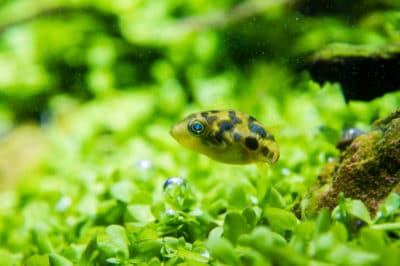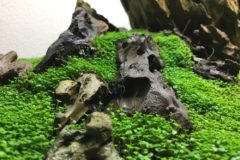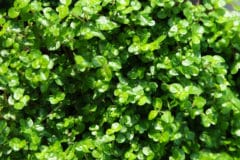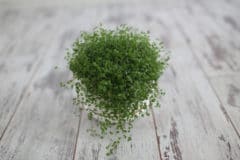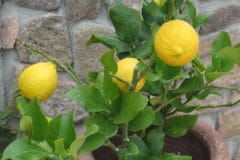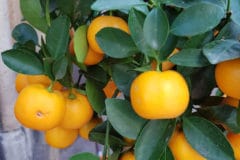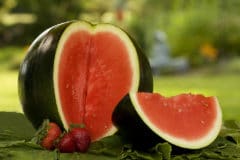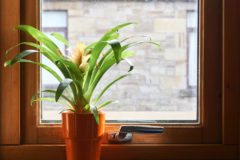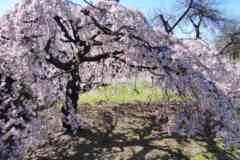What is Dwarf Baby Tears?
Dwarf baby tears – the official name for this plant is Hemianthus callitricoides ‘Cuba’ – is also called pear grass. It grows in stream beds during the dry season of its native home in East Havana, Cuba. First discovered in 2003, it rapidly gained in popularity as an aquarium plant because of its tiny leaves and ability to give the appearance of a finely texture, bright green carpet with very tiny white flower.
How to Use Dwarf Baby Tears
This plant is so small – leaves are only 3/10ths of an inch long – that it offers many possibilities for underwater aquascaping and miniature landscapes. For example:
- As a base for bonsai if the plant can tolerate constantly moist soil.
- To carpet the entire floor of an aquarium.
- To give rocks or tree branches the appearance of moss.
- As a grass substitute when used in a miniature landscape.
Substrate for Dwarf Baby Tears
Just as fertile soil is required for garden plants, a similar nutrient-rich base is necessary in an aquarium. For dwarf baby tears, begin with an under-layer of aquarium clay covered by fine gravel. Spread a commercial substrate on top of the gravel. A finely-textured substrate will help the delicate roots penetrate more easily. Don’t try to mix your own – this is one case where commercial is a better choice.
How to Plant Dwarf Baby Tears
Two main techniques are used in planting dwarf baby tears. It is typically grown on a base of rockwool. Cut the rockwool to form plugs. For fastest growth and coverage, if you have plenty of the plant, place half-inch plugs – including rockwool – into the medium at intervals of one inch. Alternatively, you can plant individual stems about one-quarter to one-half inch apart.
Best Cultural Practices
Dwarf baby tears grows best at temperatures between 68 and 82°F (20 to 29°C). The water pH should be maintained between 5.0 and 7.50. Although the plant can tolerate some variations in water hardness, the ideal is between 4 and 5 dGH. Adequate light is critical – use full-spectrum lights with the equivalent of full sun for 10 to 14 hours a day. A timer is a good way to manage light needs.
